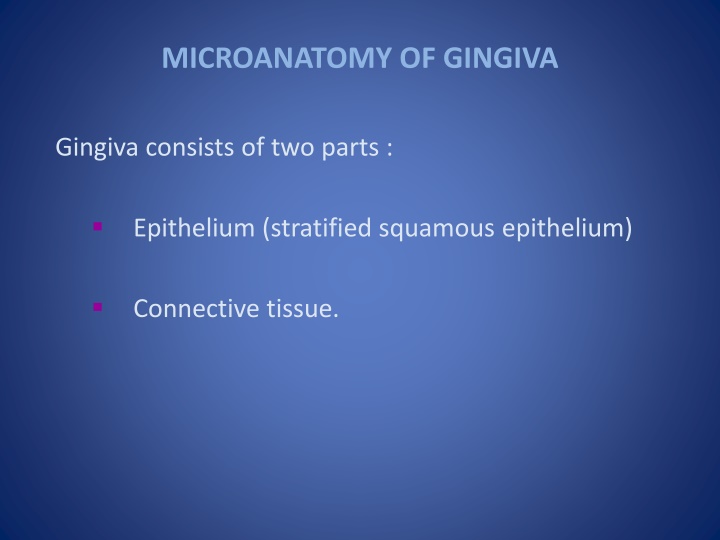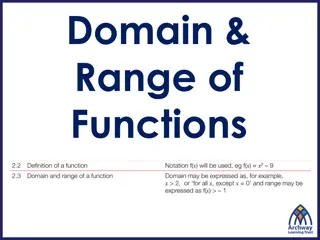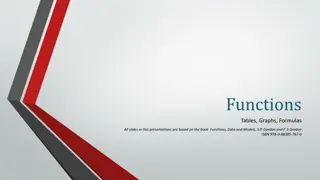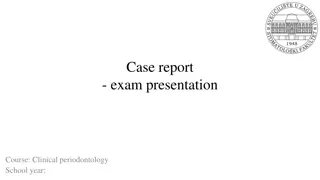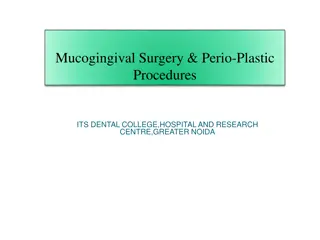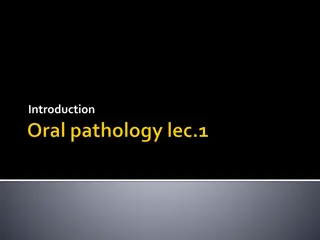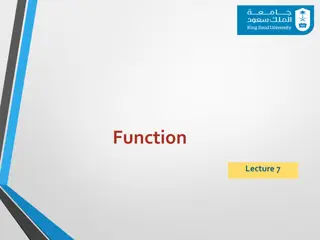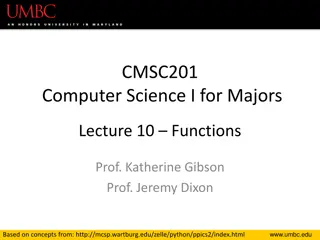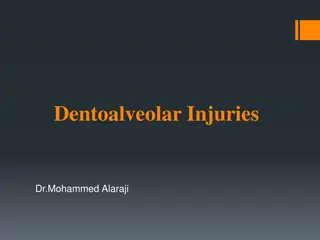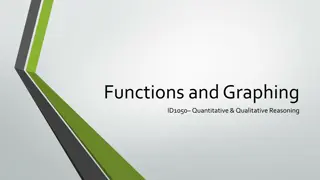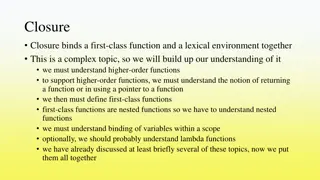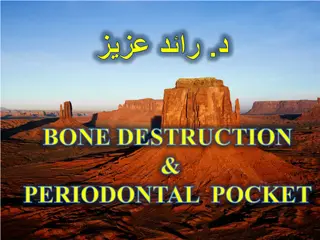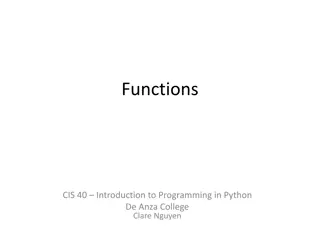Microanatomy of Gingiva: Structure and Functions
Gingiva consists of epithelium and connective tissue, with distinct layers and functions like protection and interchange with the oral environment. Learn about gingival epithelium types, cell components, and protein composition.
Download Presentation

Please find below an Image/Link to download the presentation.
The content on the website is provided AS IS for your information and personal use only. It may not be sold, licensed, or shared on other websites without obtaining consent from the author.If you encounter any issues during the download, it is possible that the publisher has removed the file from their server.
You are allowed to download the files provided on this website for personal or commercial use, subject to the condition that they are used lawfully. All files are the property of their respective owners.
The content on the website is provided AS IS for your information and personal use only. It may not be sold, licensed, or shared on other websites without obtaining consent from the author.
E N D
Presentation Transcript
MICROANATOMY OF GINGIVA Gingiva consists of two parts : Epithelium (stratified squamous epithelium) Connective tissue.
GINGIVAL EPITHELIUM can be divided into : Oral / outer Epithelium - faces the oral cavity Sulcular Epithelium faces the tooth without being in contact with it. Junctional Epithelium - provides the contact between the tooth and gingiva.
General Aspects Of Gingival Epithelium Principal cell type of gingival epithelium is: Keratinocyte Non-keratinocytes Langerhan cells Merkel cells Melanocytes Inflammatory cells
Distinct layers or strata of epithelium: A. Stratum Basale B. Startum Spinosum C. Stratum Granulosum D. Stratum Corneum
FUNCTIONS OF GINGIVAL EPITHELIUM To protect the deep structures. Selective interchange with oral environment
Different types of epithelial surface layers Orthokeratinization Complete keratinization process Superficial horny layer similar to that of skin No nuclei in the str. Corneum Well defined str. Granulosum with keratohyaline granules 15%
Parakeratinization Pyknotic nuclei in Str. Corneum Keratohyaline disperse not giving rise to str. Granulosum 75% granules are
Non keratinization Superficial cells have viable nuclei No str. Corneum Granulosum and no str. 10%
Main protein in gingival epithelium KERATIN composed of Different polypeptide subunit characterized by Their molecular wt Iso-electric point
Nonkeratin proteins Keratolinin Involucrin Filaggrin
Corneocytes Contains bundles of keratin tonofilaments in matrix of filaggrin. Surrounded by envelop under the cell membrane.
In keratinocytes are interconnected by- electron microscopy- reveals that 1. Desmosomes 2. Tight junctions (zonae occludens)
Nonkeratinocytes MELANOCYTES- 1. Are dendritic cells 2. Located in basal and spinus layer 3. Synthesize melanin in the organells called Premelanosomes/ Melanosomes
LANGERHANS CELL 1. Dendritic cells -suprabasal layers. 2. Belong to Mononuclear phagocyte system 3. Act as antigen presenting cells (APC) 4. Contain g-specific granules (Birbeck s granules) which are rod or flask shaped granules. 5. Marked ATPase activity.
MERKEL CELL 1. Located in deeper layer of epithelium 2. Tactile perceptors 3. Free nerve endings.
BASAL LAMINA Epithelium is joined by underlying connective tissue by a basal lamina. Thickness 300-400 A* Lying 400 A* below epithelial basal layer.
1. The epithelium of gingiva is: (a)Simple squamous epithelium (b)Stratified squamous epithelium (c)Stratified columner epithelium (d)Stratifiedcuboidal epithelium
2. Main protein of gingival epithelium is: (a) Keratolinin (b) Keratin (c) Involucrin (d) Filaggrin
